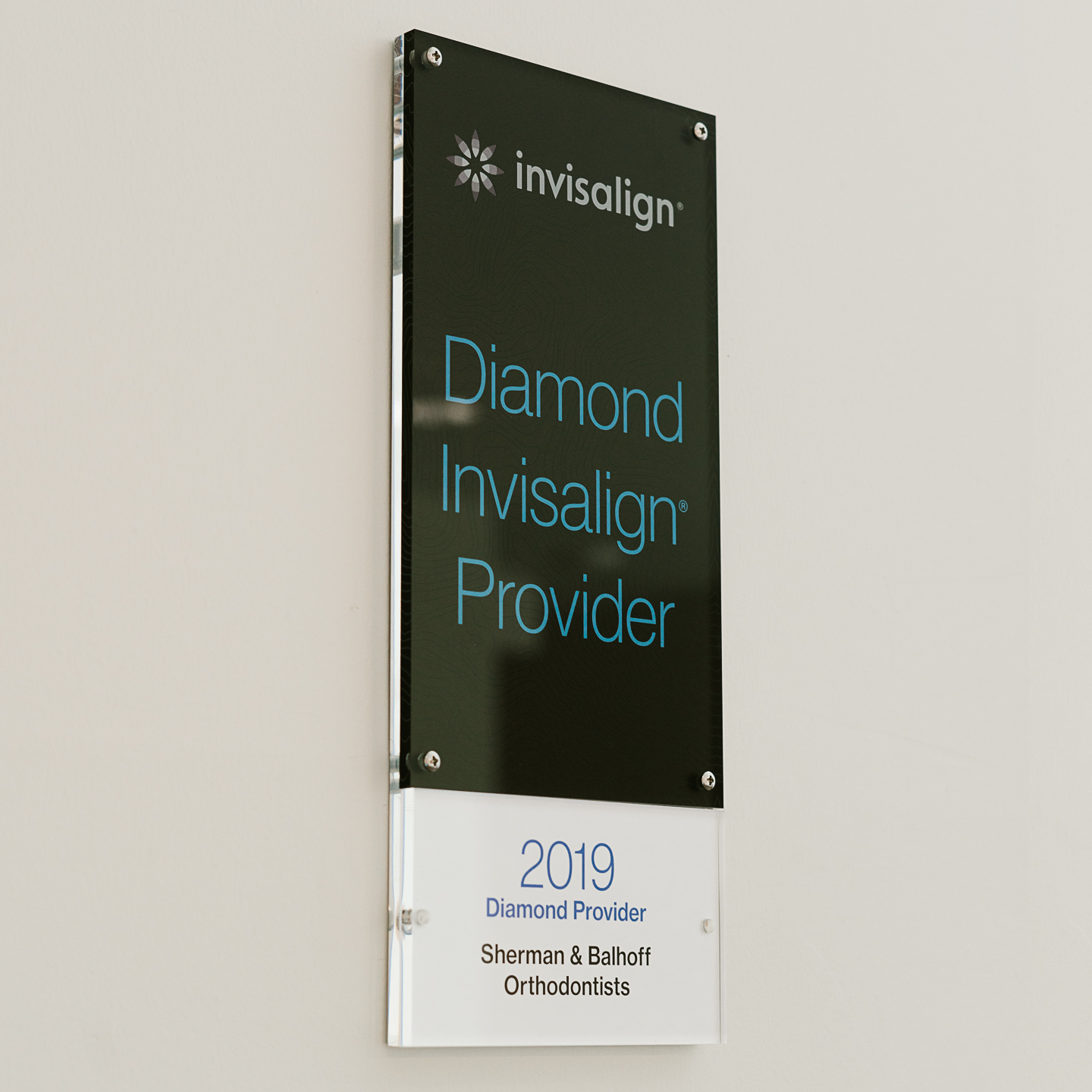Patients seeking orthodontic treatment rarely report a “deep bite” or “overbite” as their primary concern. Typically, they are more concerned about crowding or crooked teeth. Many are surprised when their orthodontist explains the need to “open” their bite or “level” their lower arch.
What is a deep bite?

A deep bite is a malocclusion in which the upper front teeth excessively overlap the bottom front teeth when back teeth are closed. This is also called an overbite or closed bite.
While a deep bite may or may not be an esthetic concern for most patients, its presence usually indicates there are other problems that should be addressed.
What causes a deep bite?
The most common is a small lower jaw. When the lower jaw is shorter than the upper, the upper teeth are further “forward” and the lower teeth continue to grow until they hit the back of the upper teeth (the cingulae) or the roof of the mouth. Additionally, as the lower front teeth grow up under the top ones, they often get squeezed together creating crowding and alignment issues.
Another cause of a deep bite is a missing lower tooth. This creates a condition similar to having a short lower jaw. Finally, extremely strong biting muscles, common in patients who clench or grind their teeth, can deepen the bite.
Why does a deep bite need to be fixed?
Besides looking better, there are at least four other reasons:
-
Over-erupted lower front teeth tend to wear down more quickly. Patients who clench or grind their lower teeth against the cingulae of the upper teeth experience excessive wear that can result in the loss of tooth structure.
-
If a patient is biting into the roof of their mouth, painful sores or ulcers may develop. These can make normal eating very uncomfortable.
-
If a substantial amount of tooth structure has been lost, the orthodontist will need to recreate the space needed for restoration by moving the upper and lower teeth apart (opening the bite).
-
Unraveling the crowding and crookedness that usually accompanies deep bites requires that the deep bite be corrected to allow room to align the crowded teeth.
How does an orthodontist correct a deep bite?
First, either the upper and lower front teeth, or both, can be moved up into the supporting bone. Or second, the side and back teeth can be elongated which opens the bite and creates that same effect as intruding the front ones.
These movements can be accomplished with either braces or clear aligners, and our doctors can help you determine which is best for you!


